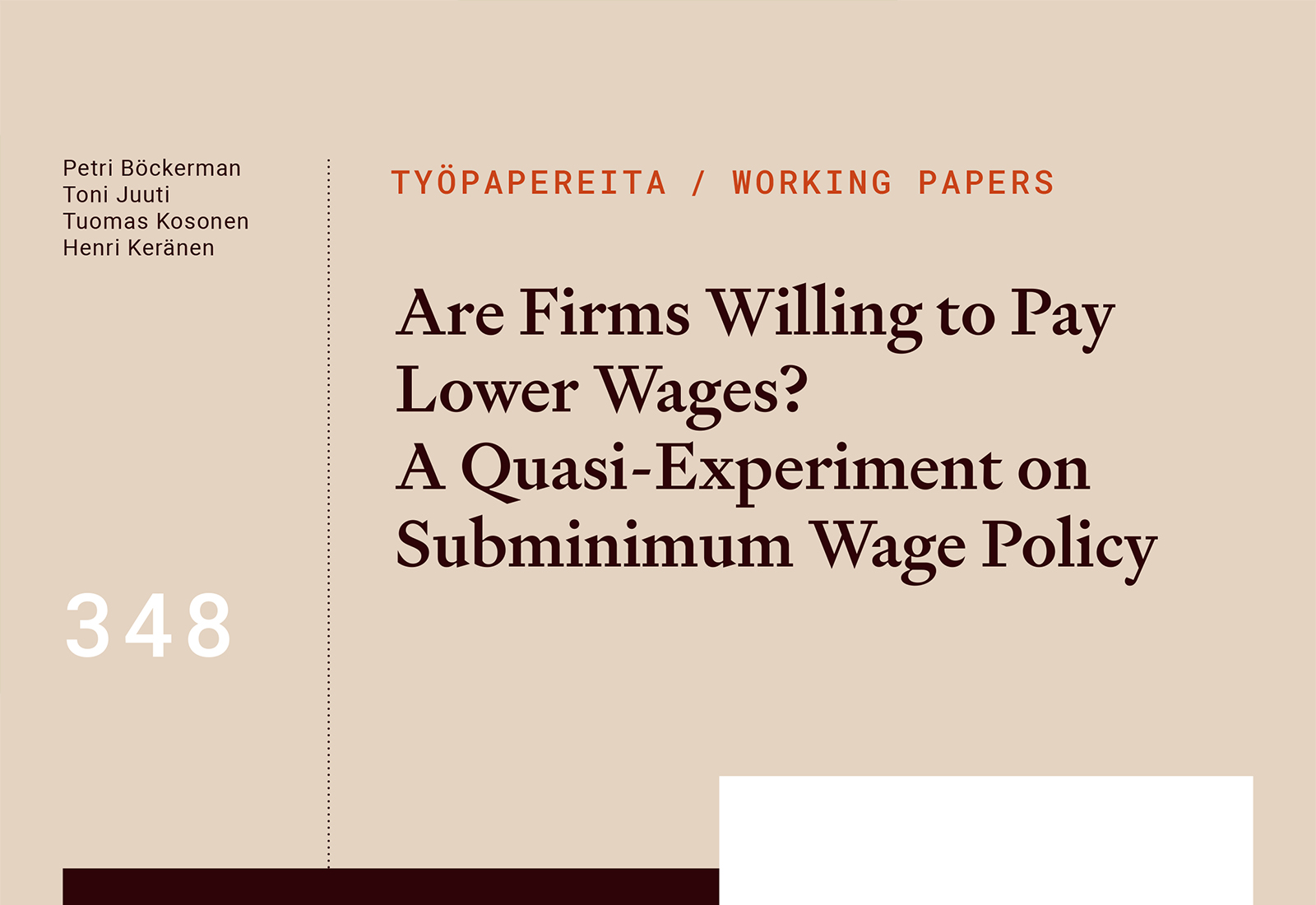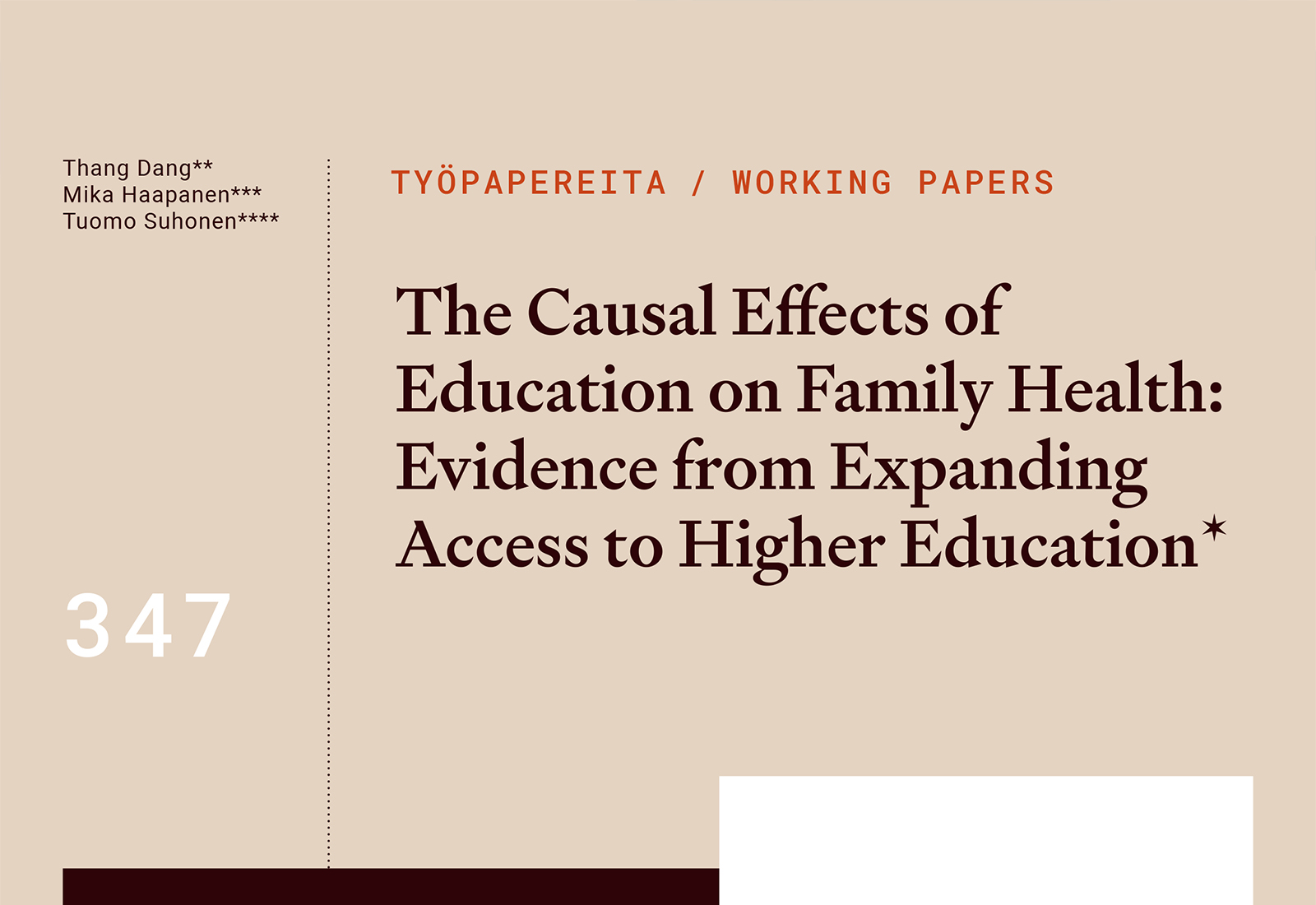Long-Run Rural Livelihood Diversification in Kagera, Tanzania
Abstract
What drives livelihood diversification among predominantly rural households in developing countries and how can welfare-enhancing patterns be established and sustained in the long run? A large literature has focused on whether income diversification is a means of survival or a means of accumulation, but it remains inconclusive. We first examine the pattern of income diversification for a panel of households in Tanzania from the 1990s—the Kagera Health and Development Survey—with a focus on whether it is primarily driven by survivalist or accumulation motives. We then verify whether this pattern is sustained in the long run using the 2004 wave of the survey while also studying the role that infrastructural improvements and entry into new income generation activities play in the process. Our results support the accumulation hypothesis: richer households engage in more income diversification than poorer households. We also find that the greater diversification of better-off households that was observed in the 1990s persists in 2004. At the same time, households that were originally poorer are found to experience higher incomes by diversifying into off-farm self-employment activities. Factors that explain these improvements include access to a daily market and public transport.
Publication Information
Dimova, R., Halvorsen, S.K., Nyyssölä, M., & Sen, K. (2021), Long-Run Rural Livelihood Diversification in Kagera, Tanzania, WIDER Working Paper 2021/9, Helsinki: UNU-WIDER.
- ISSN: 1798-7237
- ISBN: 978-92-9256-943-3
- JEL: D12, R20, O55

- Milla Nyyssölä
- Chief Researcher
- Tel. +358-45 7750 2062
- milla.nyyssola@labore.fi
- Profile


